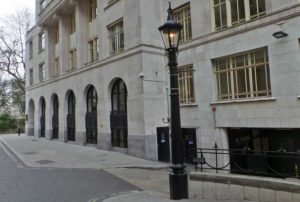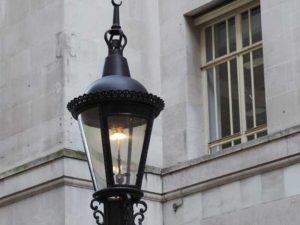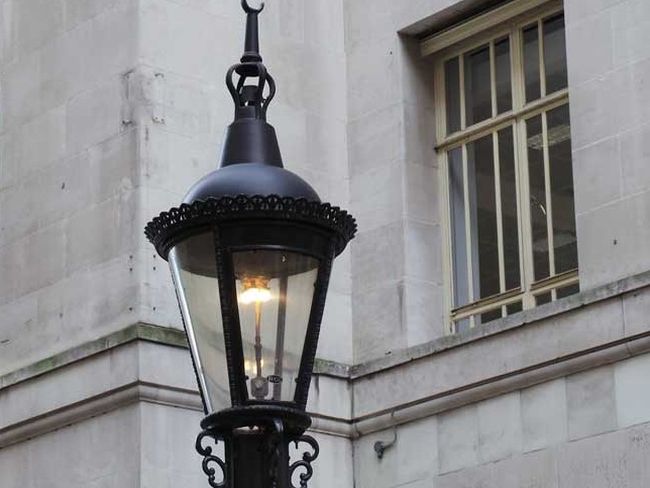

Lurking around the back of the world-famous Savoy Hotel in London, lies an ingenious piece of Victorian engineering; the last remaining sewage lamp, a contraption that was the brainchild of the late 19th century Birmingham inventor Joseph Webb.

When the first of the modern sewer systems were being laid beneath the streets of London, they brought with them a major and dangerous problem in that methane gas could build up which, in turn, could lead to the alarming possibility of the subterranean sewers exploding beneath the feet of passers-by above.
Webb's idea was that the sole fuel for his lamp would be the methane gas, which would be vented up from the sewer, thus enabling his invention to perform two useful tasks at the same time - burn off the sewer gas and illuminate the surrounding street.
The lamps were sited over sewers and the lamp post actually vented the methane gas up from the sewer and into a perpetual flame located in the burner atop the post where it would be consumed in the flickering flame.
But the effluence from the sewers was not actually concentrated enough to fully power the lamps. So Webb went back to the drawing board and, in 1895, he came up with a new lamp, the flame of which was actually powered by town gas, just like the majority of gas lamps, which heated the filament up to around 700 degrees F. This heat then drew the methane and other gases from the sewer system, thus allowing a continuous flame to burn 24/7 and in turn ventilating up to three quarters of a mile of pipe!

Although there aren’t any accurate details of how many of these lamps were supplied to London (a fire at the Webb Lamp Company some time ago destroyed most of the records), it is known they were delivered in some quantities to Sheffield, Hereford, Winchester, Poole, Hampstead, Shoreditch and Weymouth.

The ‘Iron Lily,’ the only remaining Webb Sewer Lamp, is located on Carting Lane, (affectionately called ‘farting lane’ by those who work thereabouts), behind the Savoy Hotel.






Admin
Admin
Admin